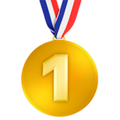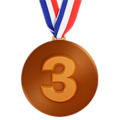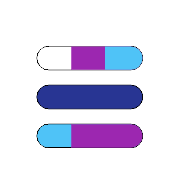Het arrangement EN - The Structure of a Story - How do they do it? is gemaakt met Wikiwijs van Kennisnet. Wikiwijs is hét onderwijsplatform waar je leermiddelen zoekt, maakt en deelt.
- Auteur
- Laatst gewijzigd
- 2021-09-15 11:47:56
- Licentie
-
Dit lesmateriaal is gepubliceerd onder de Creative Commons Naamsvermelding 4.0 Internationale licentie. Dit houdt in dat je onder de voorwaarde van naamsvermelding vrij bent om:
- het werk te delen - te kopiëren, te verspreiden en door te geven via elk medium of bestandsformaat
- het werk te bewerken - te remixen, te veranderen en afgeleide werken te maken
- voor alle doeleinden, inclusief commerciële doeleinden.
Meer informatie over de CC Naamsvermelding 4.0 Internationale licentie.
Aanvullende informatie over dit lesmateriaal
Van dit lesmateriaal is de volgende aanvullende informatie beschikbaar:
- Toelichting
- Learn about how stories are structured and how you can better structure your stories and writing.
- Eindgebruiker
- leerling/student
- Moeilijkheidsgraad
- gemiddeld
- Studiebelasting
- 4 uur 0 minuten
Gebruikte Wikiwijs Arrangementen
Herbert Vissers eXplore. (2021).
EN/DU/SP - Politics, Politik, Política (3hv)
https://maken.wikiwijs.nl/178832/EN_DU_SP___Politics__Politik__Pol_tica__3hv_

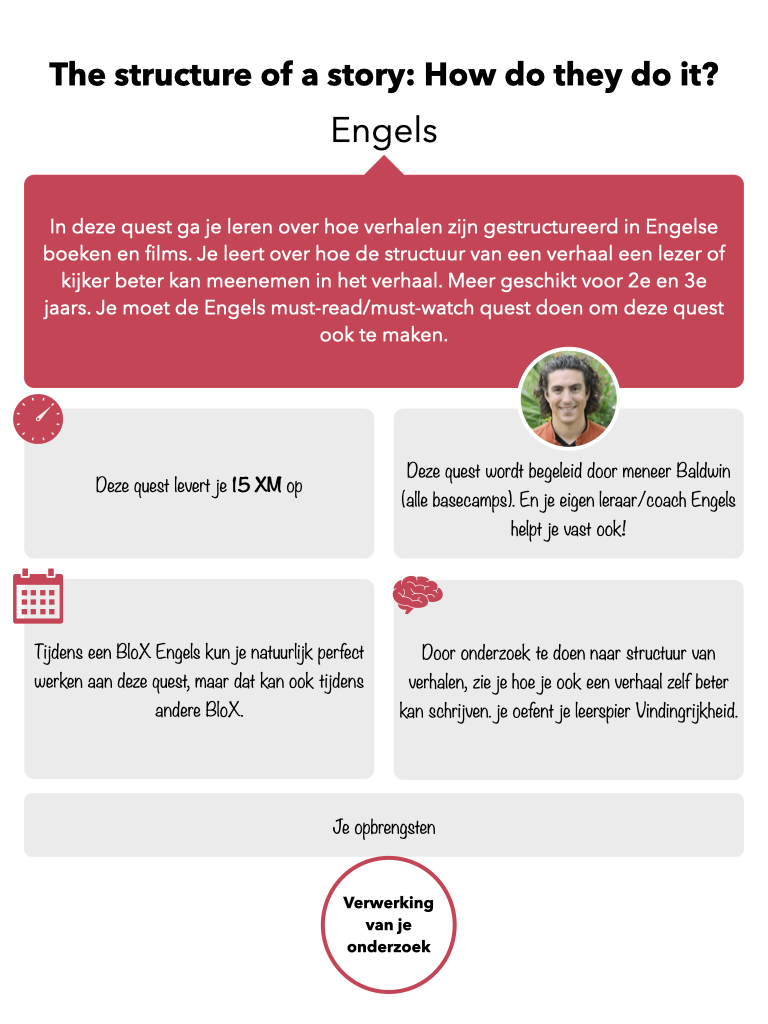
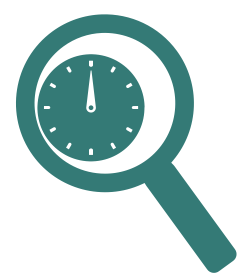
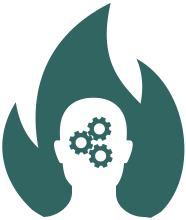 Motivatiemotor
Motivatiemotor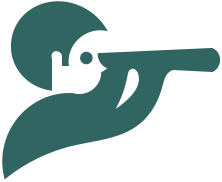 Verderkijker
Verderkijker Onderzoek
Onderzoek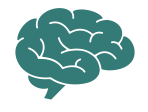 Verwerking
Verwerking Reflective journal
Reflective journal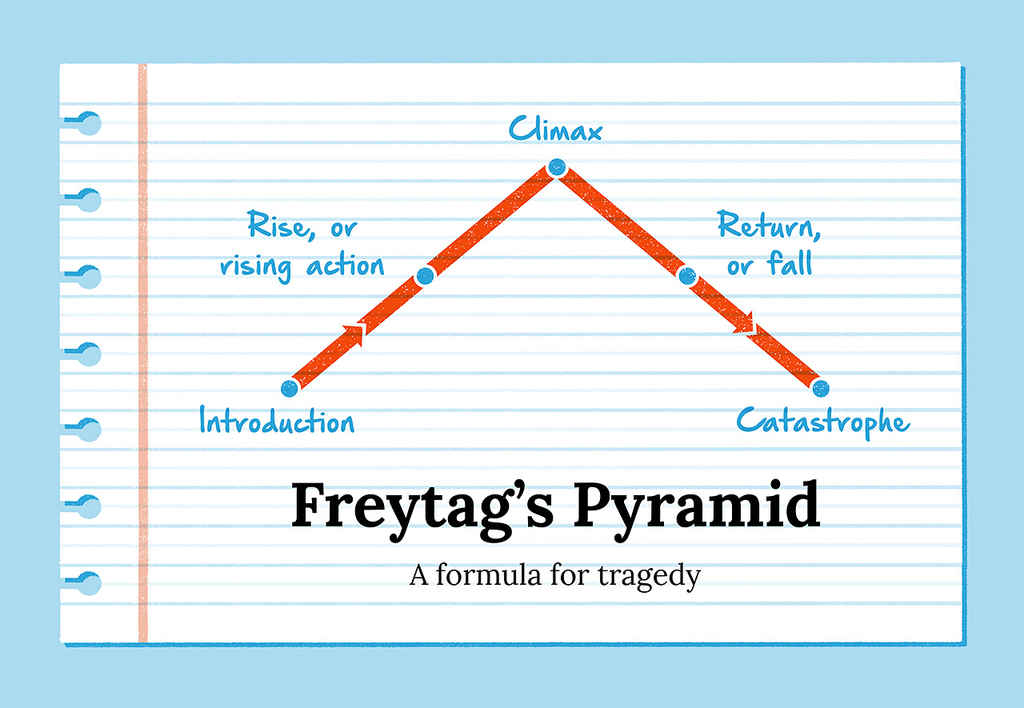
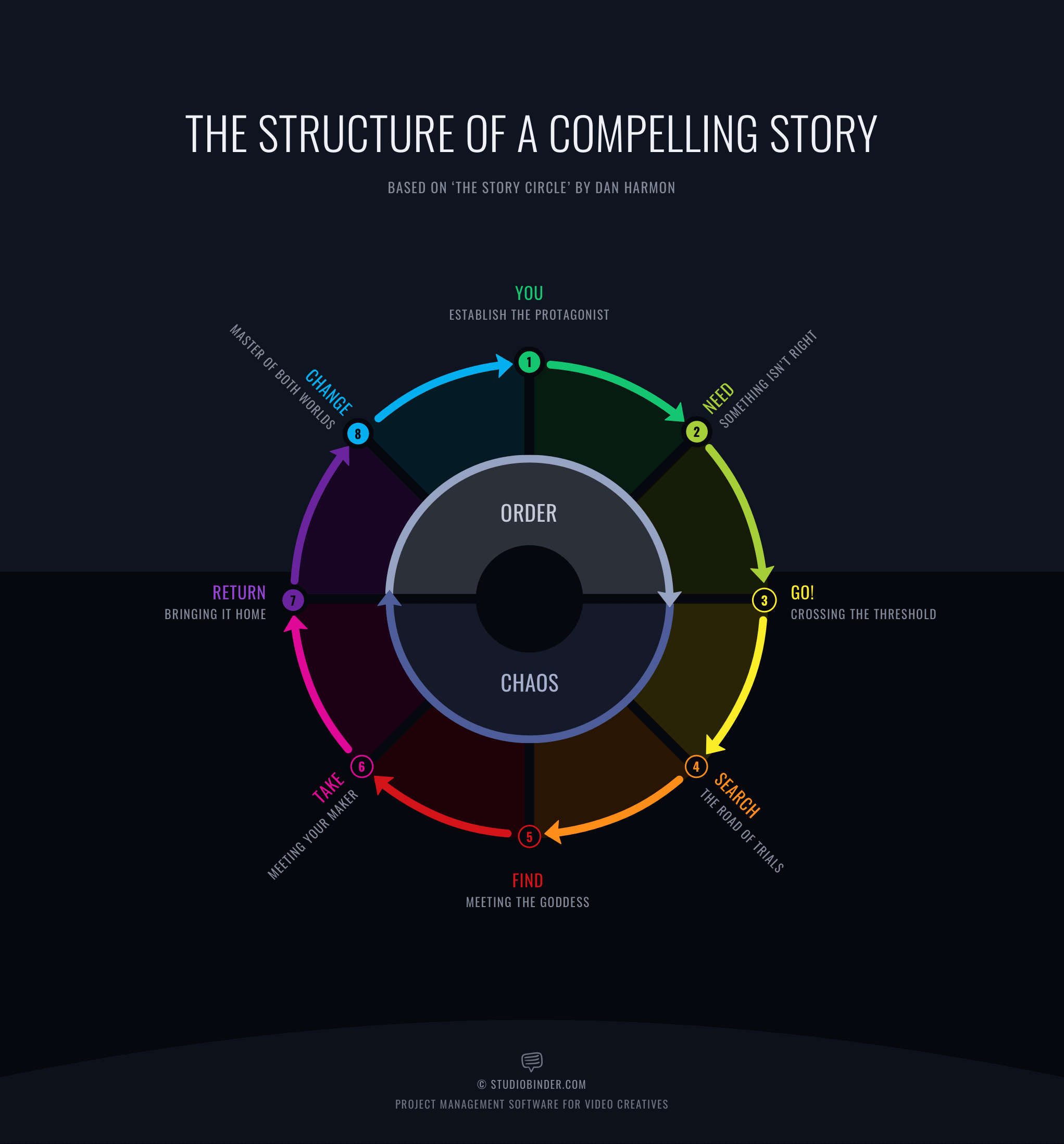
 Je rondt deze quest af door bewijs te leveren ....
Je rondt deze quest af door bewijs te leveren ....